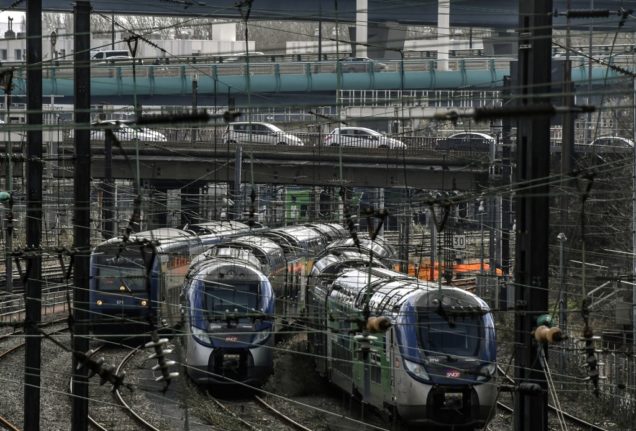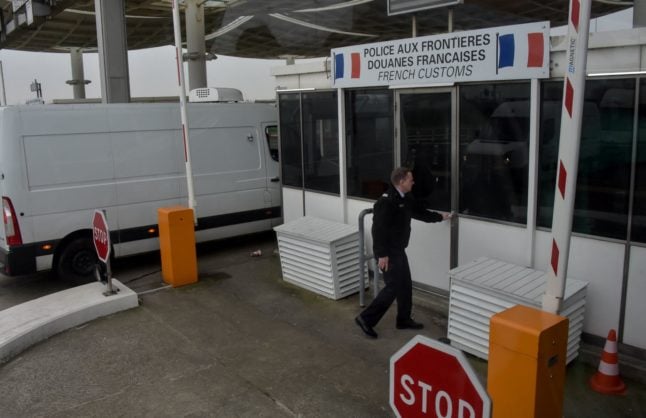France is slated to introduce a €49-a-month unlimited transport pass for people under the age of 27 this summer, according to an announcement in early April by France’s transport minister, Patrice Vergriete.
“This is excellent news for the 700,000 young people who will benefit from it during the summer period,” the minister of transport told the French press, noting the single subscription-rate rail ticket would be seasonal and available at some point this summer, with further details to be announced.
READ MORE: France on track to launch €49 rail pass this summer
Here’s what we know – and what we don’t – about the scheme.
When?
As of April, the French press reported it would come into effect during the summer of 2024.
The ‘Pass Rail’ is set to become available for purchase starting on June 15th, via SNCF-Connect. According to BFMTV, a government information website with additional details will be put online shortly.
The pass itself will, however, only be available during the summer period, between July and August.
How much?
In keeping with the German version, the French single ticket will cost €49 a month, but it will only be available to people under 27 years old.
Who pays?
For the plan to succeed, the government has needed to get the regions onside, as they have had the authority to set their own fees since 2017.
In early March, the government announced that the state would cover 80 percent of its cost for the unlimited rail pass, estimated to be around €15 million. The rest would have to be covered by the regions, which caused controversy during negotiations for the initial experiment.
In contrast, in Germany, the scheme has been financed equally by the federal government and individual regions. It will cost the authorities there – and therefore taxpayers – €3 billion a year up to 2025.
Eventually the goal in France would also be for regions and the state to contribute 50/50 to the scheme, which could spell a rise in costs for travellers in other areas.
Where will the €49 ticket be valid?
Under the plan – and based on the German model – the new travel card will be valid on local and regional trains – Intercité and TER routes.
TGV and international services, however, will not be included.
As of April, it remained unclear whether city public transport (ie buses and trams) would be included.
One major change from the original announcement is translien trains in Île-de-France, the Paris region, will not be included in the 2024 version, but there are hopes they will be included in 2025 if the programme is renewed.
However, people will still be able to travel to and from the Paris region, but they will not be able to take local and regional Île-de-France trains using the pass.
There are other discount cards to choose from as well, including the SNCF Avantage card, purchased by 4.5 million French people for €49 annually, which offers a range of discounts depending on the region, holder, and date and time of travel. However, it is not accepted in the the Provence-Alpes-Côte d’Azur region.
How do you get one?
You can’t yet, but announcements are expected to roll out in the coming weeks to explain how to purchase the subscription.
Will there be further discounts for benefits recipients or young people?
Who knows? That will have to be part of the development of the Rail Pass – and probably part of the negotiations with the regions. Existing local and regional discounts could remain in place, for example. But, all that has to be confirmed.



 Please whitelist us to continue reading.
Please whitelist us to continue reading.
Member comments